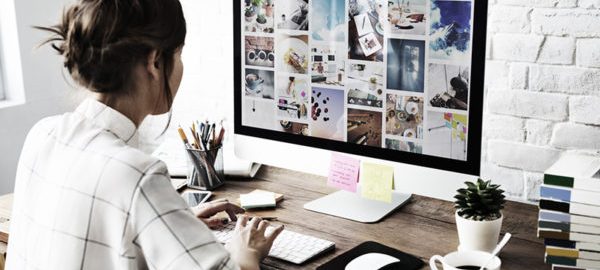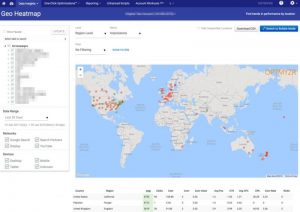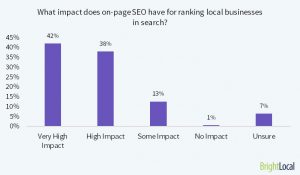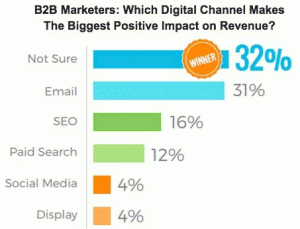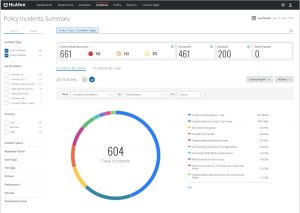August 29, 2016

Adding images to your social media posts is a great way to get more user engagement.
Across social media channels, posts that have images get more attention than posts without them, even on text-heavy channels like Twitter. On photo-centric sites like Instagram, sharing images that are high-quality and interesting will get more notice.
No matter what channel you use, it is important to share images in the right sizes so that they show up properly and don’t become stretched out of proportion, grainy or otherwise distorted. Yet many platforms frequently change the sizes of the images that users should share.
Here’s a quick guide to the 2016 social media image sizes to get the best results:
Facebook will automatically size your photos, but it is best to know what sizes the site wants so you can create images that are best suited for it.
The profile image is a square 180×180 pixels. That’s important to know since you can’t always crop a photo into a square and get the look you want. Taking a photo with a square orientation can set you up for success.
The cover photo is a bit more tricky: It is a rectangle of 851×315 pixels. This is a wide and short photo that is not a typical size for photos. Think of it like a widescreen movie frame when you take or select your photos.
Shared images are 1200×630 pixels, shared links are 1200×627 pixels, and highlighted images are 1200×717 pixels. These guidelines are important to know when you are creating images for your blog or website as this is how your images will show up when they are shared.
Twitter has a similar setup to Facebook with a profile picture and cover picture, but the sizes are different.
The profile photo can be 400×400 pixels, but it will display at just 200×200 pixels. Meanwhile, the header photo is 1500×500 pixels. The photos use the same square and stretched rectangle conventions as Facebook.
When you share a photo on Twitter, it will show up as 440X220 pixels. If someone clicks on the photo, it can expand to 1024×512 pixels. No matter the size, the image cannot be larger than 5 MB.
Instagram is a much more photo-heavy website, but it is not much more flexible in terms of photo sharing. In some ways, it is more rigid.
Instagram sticks to the Polaroid-type format for its photos, which are always square in orientation. The photos you share on the site are 640×640 pixels, and they are shown in a thumbnail that is 161×161 pixels. You need a 1:1 aspect ratio for any photos you share on the site.
Instagram automatically scales photos to 612×612 pixels, and the photos show up as 510×510 pixels in user’s feeds.
Finally, you have the option for a profile photo, which is 110×110 pixels.
Pinterest is a major player in social media and in driving referral traffic. It is important that you think about how your posts can be shared on Pinterest when you publish them, including adding a Pinterest-worthy photo.
Your photo should not only be the right size, but it should also be interesting and eye-catching.
All photos shared on Pinterest are scaled to 236 pixels wide. They can actually be quite tall, as many extensive infographics shared on the site have shown. But you want to make sure that you are maintaining a height that will scale properly to 236 pixels wide. When the photographs are selected, they expand to 600 pixels wide (with a scaled height).
Photos that are chosen to be board album covers are displayed at 222×150 pixels. The thumbnail photos under the album cover are displayed at 55×55 pixels.
Finally, your profile photo should be 165×165 pixels.
Tumblr
Tumblr is a bit of a dark horse in social media. It started as a novelty, but it has shown that it has staying power and influence.
The profile photo on Tumblr sticks with the square conventions, sizing in at 128×128 pixels.
Photos that are shared on the blog and in the feed are 500×750 pixels. However, they can actually be 1280×1920 pixels and are just scaled down for display. The images cannot be more than 10MB, and gifs cannot be more than 1 MB. Gifs are also capped at 500 pixels.
LinkedIn actually has a number of options for sharing images, even though the site is not known for image sharing.
The profile photo is a square 400×400 pixels, just like Twitter. A background image has also been introduced, and it can be between 1,000×425 pixels and 4,000×4,000 pixels.
Banner images can be shared in the feed, and they are 646×220 pixels.
You can share your company logo on your page also, and it will be 100×60 pixels. If your logo shows up search results, it will display at 50×50 pixels.
Finally, you can upload a career cover photo of 974×300 pixels.
Keeping these image restraints in mind will help you create high-quality images that are also highly shareable on social media to help you get more reach for your brand.
Digital & Social Articles on Business 2 Community(46)
